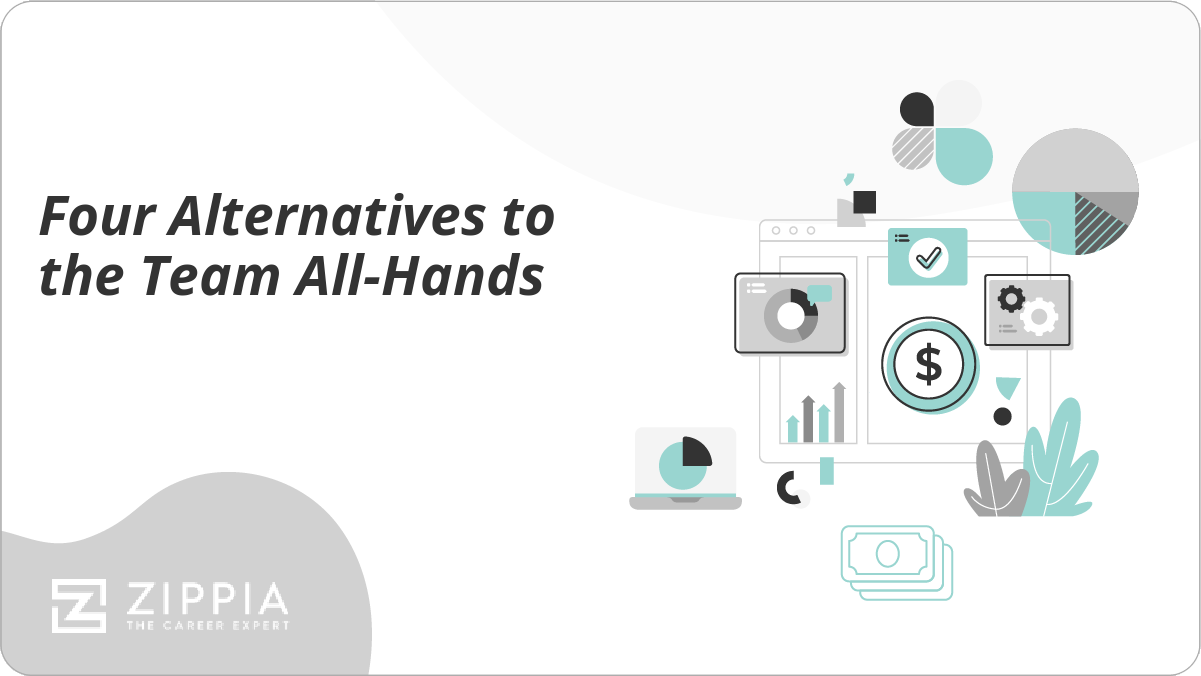Summary. An employee ID is a code that identifies a particular employee. IDs are typically assigned during onboarding and are used to track the employee’s payroll and other sensitive information. Employees can also use them to access their employment information, as well as gain access to computers or other services owned by the company.
Key Takeaways:
-
Employee IDs are unique identifiers for employees, which makes them useful in large companies. If you have several employees with the same name, having an employee ID will make it simple to tell them apart. And that will prevent mistakes in terms of payroll or other sensitive information.
-
There aren’t any set rules for an employee ID number. It doesn’t need to be a certain length or have a mix of letters and numbers. That’s up to the discretion of the organization that issues them.
-
ID badges are another way to identify specific employees. They can be used as a way to determine someone’s identity or even just to show that they work for a particular organization.
What Is the Purpose of an Employee ID?
The purpose of an employee ID is to have a distinct identifier for each employee. Sometimes also called an employee code or employee number, it’s a code that is used to identify a specific employee of the organization. This can be extremely helpful in large businesses, where you may end up with more than one person with a common name, like John Smith.
Employee IDs also have the benefit of remaining the same even when other information about your employees may change. If the employee changes their name, the ID will remain the same and prevent any potential confusion that may result from that. They can also be used as a way to identify who has security access or as a sort of passcode to access computers or other information.
What Is an Employee ID Number?
An employee ID number is a code that identifies a specific employee. They can consist entirely of numbers, be a combination of letters and numbers, or even letters, numbers, and symbols. Some businesses will break down numbers by department, for instance, starting the ID numbers of the engineering department with ENG.
How to Make Employee ID Badges
There are a few different ways to make an employee ID badge. The easiest way would be to go to a business that specializes in making ID cards and order them from their website. There will be options for design, medium, and other customization options.
When making ID cards, there are some important factors to consider:
-
What is the purpose of ID cards? There are several different reasons to have ID cards, and depending on their purpose, they can end up looking quite different from one another. Do you want to have ID cards to:
-
Prove identity? If it’s important that you know the person is who they say they are, then you’re going to have to consider security features. Of course, you’ll want their photograph and name, but what other features will you add? A bar code? A magnetic strip?
-
Permit access? If it’s just a matter of granting access, then it may not be necessary to have a photo, name, or other measures. You can just give employees a card with either a magnetic strip or a barcode that they can scan to get inside. This can save time and money as you can order a bunch of identical cards.
-
Differentiate types of employees? Certain employees may have privileges that other employees don’t in terms of access, security, or clearance. If that’s the case, then you will want to have different types of ID badges for different employees.
The difference can be as simple as the information in a barcode, but to limit errors, it may be wise to make the cards look different as well. Including a job title along with the employee’s name will also help with identification and differentiation.
-
-
What security features do you want? Once you’ve decided the purpose of the ID cards, you can focus on security features. Most cards include a photo and the employee’s name. But there can be additional features, such as barcodes, smart barcodes, and magnetic strips. Others will include additional features which make the badges harder to counterfeit.
-
What material do you want them printed on? In most cases, having badges printed on paper will be sufficient. But you can also get plastic IDs, which will feel more like a driver’s license. If you do go with paper, you’ll often have the option of getting them laminated to help extend their life.
You can also hand out badge holders to your employees, especially if you expect them to wear them on a lanyard.
-
Do you want additional items? Most ID card companies will give you the option to have additional items shipped with the cards. These can include lanyards, clips, and badge holders. Depending on how you want your employees to carry their IDs (will they be expected to wear them?), you can also give them lanyards or badge holders so they can clip them to their clothes.
How to Create Employee ID Numbers
Different organizations have different rules for generating employee IDs. ID generation is usually done using a standard practice, but there aren’t any generalized rules for doing it. That being said, employee IDs should not be the employee’s SSN or other sensitive information.
There are a few options:
-
Random number generation. Likely the most secure way to generate an employee ID is to use a random number generator. Some random number generators are better than others, meaning that they are closer to being truly random. But if you use one of these, it makes the employee ID harder to guess.
-
Employee’s birth date. Some companies will use the employee’s birth date along with an additional prefix or suffix. So an ID may end up being 0203199900 or 0002031999.
-
Employee’s start date. Another way to generate IDs is to use the date that the employee was hired. Often this would also include a prefix or suffix, as stated above, with the birth date.
-
Their hiring number. If the employee in question is the 95th person you’ve hired, then you can include that in their ID. Usually, there aren’t going to be enough employees to just have their ID number be their hiring number, but if you aren’t overly concerned about security, it is a way to identify them.
-
Company name. If you’re willing to use letters in an employee ID, you can add the initials of your organization’s name. Most will do this at the beginning of the ID to show that they work for that company. This is most often useful if the company they work for is part of a conglomerate, and the conglomerate centralizes their payroll or IDs.
-
Department they work in. You can add an identifier for the department that they work in, such as IT for the IT department.
It’s also possible to use a combination of these techniques, such as using the employee’s hire date and their hiring number to create an idea. For instance, if they hired 95 and were hired in March of 2022, then their number might be 03172022095.
How to Assign Employee ID Numbers
Assigning an employee ID number is something that should be done during the onboarding process. Oftentimes it’ll be done in HR software by the HR department, which will allow you to associate a number with the particular employee.
Where Do You Find an Employee ID Number?
You can usually find out an employee ID by accessing HR software. Many businesses will also list the employee ID number of paychecks or pay stubs as an additional identifier beyond the employee’s name.
How Many Numbers Is an Employee ID?
There is no set number of digits in an employee ID. It can range from just a few to a long string of numbers and letters. Factors will include how many employees business employees are – the more numbers, the longer before there’s a potential repeat. Another will be security. Are employee IDs something that you don’t want people guessing?
Convenience is another factor. The longer the employee ID is, the harder it will be for your employees to memorize it. Then you may end up with issues of them writing the number down, which weakens your security. Employees may also be unable to log in because they misplaced the paper on which they wrote the number down.
What Is a Government Employee ID?
Government employee ID cards are ID cards that are issued to government employees. As a rule, government ID cards have stricter requirements than private sector ID cards, as security is very important. Some government positions have very high clearance and other privileges, which means that making sure that ID cards aren’t counterfeited or modified is of the utmost importance.
Can an Employee Work With an Expired ID?
Whether or not employees can work with an expired ID will depend on the organization’s policies. As a rule, however, expired IDs aren’t accepted for security reasons, which means that what they’ll be able to do will be limited.
In terms of personal IDs, such as a driver’s license, it’ll depend on the ID. If it’s something that’s necessary for your job, such as being able to drive, then no, you won’t be able to work. But it’s possible to get hired without a driver’s license, and there are IDs that don’t expire, such as birth certificates. Passports are generally accepted even if they’re expired.





